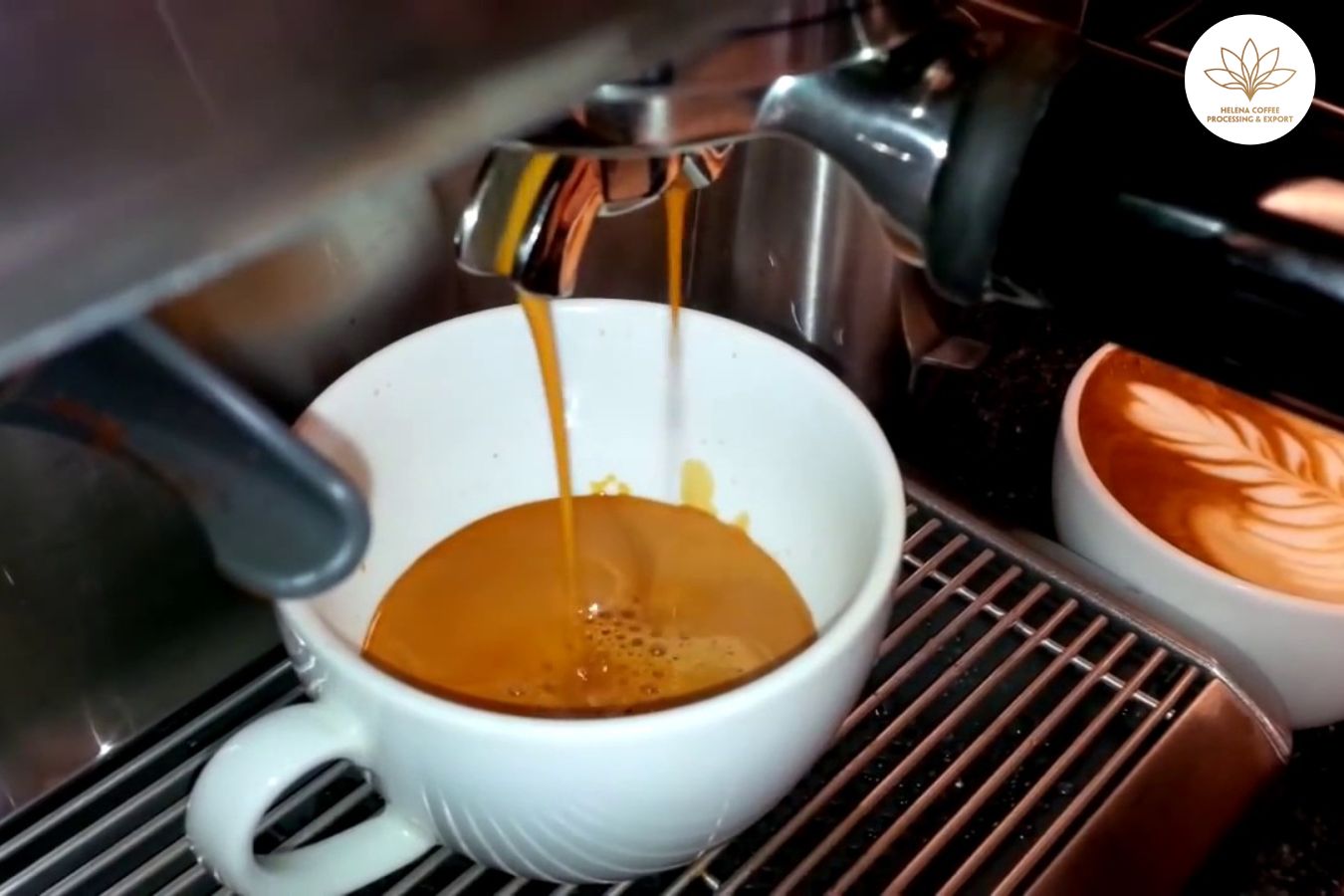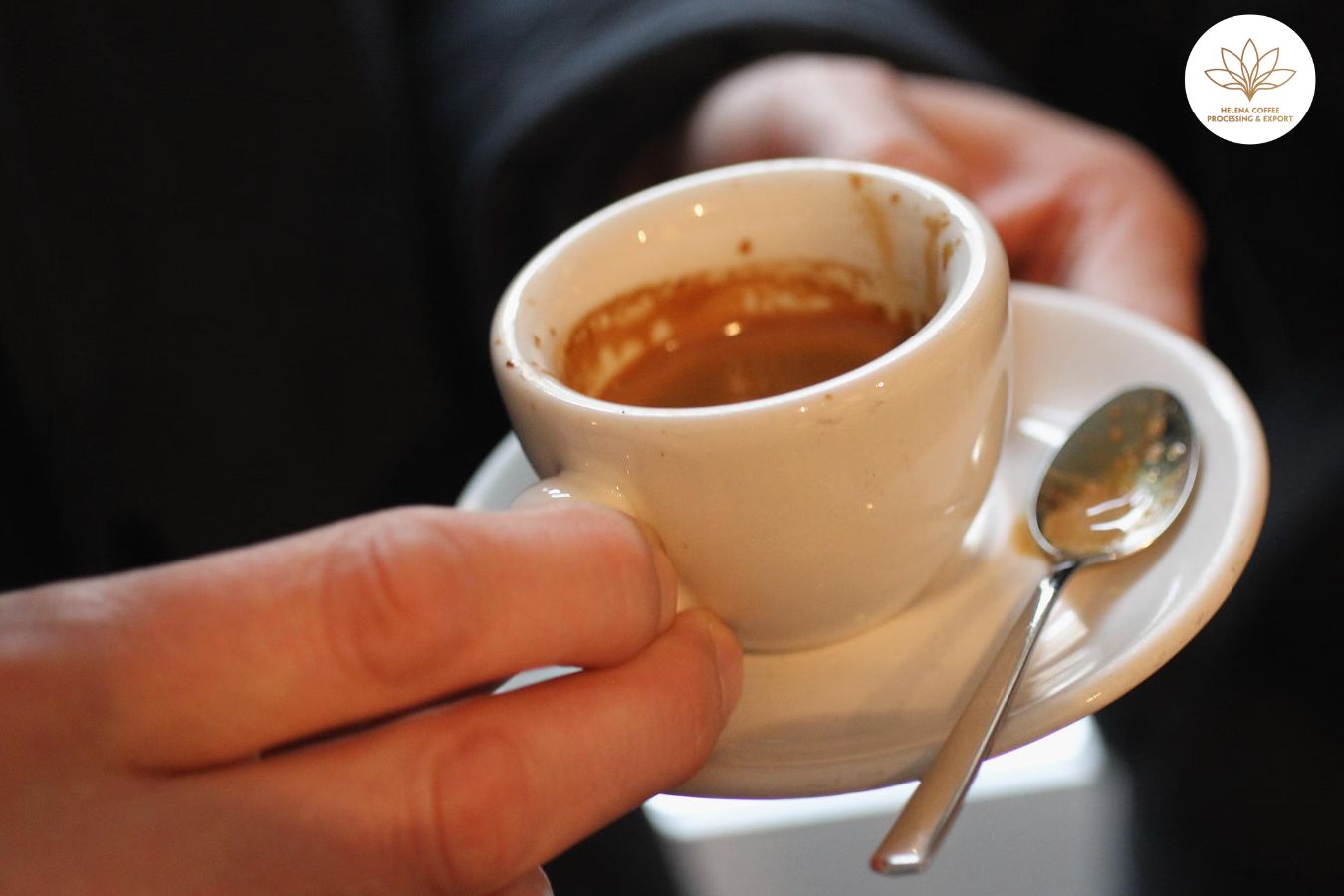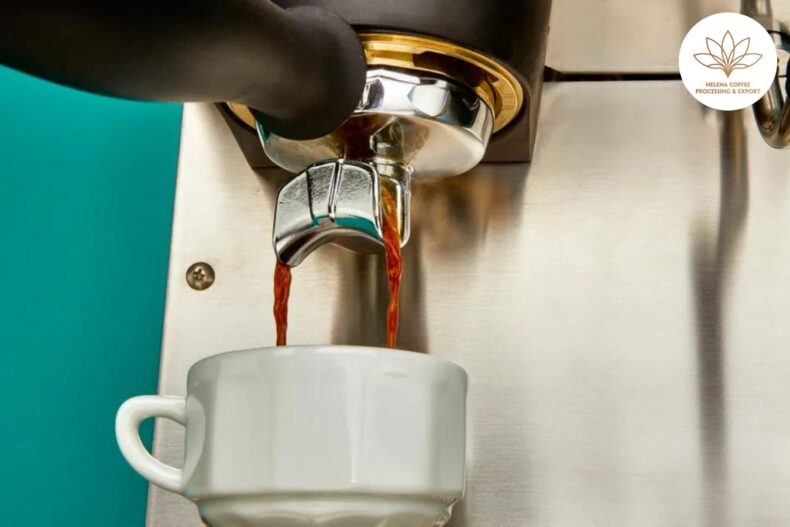
Manual Espresso Machines: The Art of Crafting the Ideal Shot. The crafting of espresso is frequently associated with automatic machines, which utilize integrated boilers and pumps to push water through the coffee “puck,” yielding that rich, concentrated espresso shot.
These automated systems are a mainstay in coffee shops worldwide, offering both high-quality beverages and efficient service. However, the steep price of top-tier espresso machines can be prohibitive for home enthusiasts.
Moreover, budget-friendly home espresso machines often fall short of delivering satisfactory results, which has led to a resurgence in the popularity of manual espresso machines. Not only are these devices more accessible price-wise, but their quality and performance have seen impressive improvements lately.
Advancements in technology have empowered users with greater control over the extraction process, enabling them to achieve superior espresso shots. Wondering how to maximize the potential of a manual machine?
Unlocking the Mechanics of Manual Espresso Machines
Manual espresso machines, also known as lever machines, hark back to the hands-on roots of espresso making, sidestepping the need for the automated processes that characterize their electric counterparts—though some models may still house modest boilers.
Jeff Walcott, Head of E-Commerce and B2C marketing at Flair Espresso, sheds light on the operation of these devices.
“The mechanics of manual machines are a nod to the internal workings of automatic or semi-automatic variants,” he explains. “They distill the same complex principles into a more straightforward, hands-on process. The user engages a lever which then drives a piston, propelling hot water through tightly packed, finely ground coffee.”
Their elemental design makes manual machines an appealing gateway for those venturing into the art of crafting quality espresso at home.
Charles, involved in Espresso Machine R&D, Production, and Technical Support at Flair Espresso, highlights the versatility of manual machines.
“Manual espresso machines strip down the espresso-making experience to its core, offering an accessible entry point for novices to the world of specialty coffee,” he comments. “Yet, they also hold their own in the hands of experienced baristas, who can leverage them to extract exceptional quality and flavor in every shot.
Evolution of Hand-Operated Espresso Machines
The landscape of hand-operated espresso machines has undergone a remarkable transformation since they first hit the market in the mid-2010s, with significant advancements in both aesthetics and mechanics. These machines now boast features that allow for finer control over various extraction parameters, making the process more intuitive and precise.
“Take the Flair 58 Plus as an example—it incorporates a built-in heating element that maintains the brew chamber at a consistent temperature, eliminating the need for preheating with hot water,” Charles details.
Unlike their automated counterparts, most manual machines require the user to manually introduce hot water into a designated chamber, as they’re not plumbed to a direct water source. Engaging the lever initiates the transfer of water to the brew chamber, where the user then has the freedom to adjust pressure levels creatively.
“With the Flair 58 Plus, the valve plunger is designed to offer complete control over the pre-infusion process,” Charles continues.
The moment water meets the ground coffee marks the start of pre-infusion. By manipulating the lever with precision—applying pressure gradually and altering the pull—the user can finetune the pressure and ultimately, the espresso’s extraction rate.
In line with modern automatic machines, the aesthetics of manual espresso machines have also seen an upscale shift. Charles points out that the Flair 58 Plus, for instance, is enhanced with custom branding and elegant walnut finishes on the portafilter, lever handle, and tamper.
“People desire a machine that not only performs exceptionally but also looks striking on their countertop, something they can showcase with pride, whether in domestic kitchens or professional settings,” he observes. “Flair isn’t just for coffee aficionados; it’s also in use at world-renowned venues like the three-Michelin-starred Danish restaurant Geranium.
The Crucial Role of Pressure in Espresso Extraction
The essence of espresso extraction is closely tied to pressure. It’s the application of approximately nine bars of pressure that transforms hot water and finely ground coffee into the rich and potent drink known as espresso.
For those using manual machines like the Flair 58 Plus, pressure gauges are invaluable tools. They provide real-time feedback, allowing baristas and at-home coffee enthusiasts to precisely monitor and adjust pressure during the extraction process for optimal results.
Jeffrey highlights the technological strides in this domain, “You can even chart the flow profile with greater precision by using Bluetooth-enabled devices such as the Smart Espresso Profiler from Naked Portafilter,” he suggests.
Charles delves into the nuances of manual pressure modulation, “Initiating the extraction with a low-pressure pre-infusion—around 1-2 bars—until the coffee puck is fully saturated, marked by the first espresso droplets, sets the stage. Following this, you can modulate the pressure higher, either gradually or swiftly, and sustain it through the main extraction phase,” he instructs. “Toward the end of the shot, gently easing off the pressure helps to fine-tune the flow rate, enhancing extraction and flavor, while also curtailing any bitterness or astringency.
Enhanced Precision in Espresso Extraction
With the evolution of manual espresso machines, aficionados have gained unprecedented control over various brewing variables, such as temperature adjustments—a critical factor in the extraction process.
Jeff outlines the capabilities of the Flair 58 Plus: “The machine’s temperature starts at a cozy 85ºC (185ºF), and can be increased in five-degree stages, reaching up to 90ºC (194ºF) and 95ºC (203ºF). These settings align with the ideal brewing temperatures for dark, medium, and light roast coffees, respectively.”
Temperature plays a pivotal role in espresso extraction, especially when dealing with different roast profiles. Since darker roasts tend to dissolve more easily, a lower brewing temperature can help avoid over-extraction, which often leads to bitter and overly robust flavors.
Charles provides insight into the machine’s innovative design, “The Flair 58 Plus features a precision preheat controller with a 0.1mm-thin heating film, akin to the heating coils found on an electric range. This element encircles the group head, tucked beneath a layer of insulating silicone,” he describes. “You can toggle between the three temperature settings using a simple one-button printed circuit board (PCB) controller.
Leveraging Machine Features for Superior Espresso
Mastering the art of espresso goes beyond fine-tuning temperature, dose, yield, extraction time, and grind size. Baristas and enthusiasts alike can exploit additional features of their manual machines to refine their brew further.
“Observing your espresso as it pours is crucial for assessing quality,” suggests Jeff. “A naked portafilter is ideal for this, as it leaves the basket’s bottom unobstructed, offering a clear view of the extraction process.”
To facilitate this observation, many manual espresso machines are equipped with adjustable shot mirrors, enabling users to easily detect any inconsistencies, such as channeling, where water pierces through the coffee puck unevenly.
“Utilizing shot mirrors can optimize your technique and brewing routine, aiming for that perfect cup of espresso,” Jeff continues. “It’s akin to watching your cookies achieve that golden hue through the oven window.”
Additionally, manual espresso machines afford users finer control over pressure compared to their automatic counterparts. Should channeling begin to compromise your shot, the simple act of easing the lever can mitigate pressure and often rescue the extraction.
Optimizing Your Manual Espresso Experience
Operating a manual espresso machine requires a different approach compared to using an automatic model, and it’s important for users to adjust their process accordingly.
Allow your espresso machine ample time to preheat to ensure temperature consistency. For instance, the Flair 58 Plus typically needs about ten minutes to achieve temperature stability.
A crucial element in any brew method is the quality of the grind, so investing in a top-tier burr grinder is essential. “A reliable burr grinder is key to fine-tuning your espresso shots and gives you the flexibility to play with various brewing variables,” Jeff advises.
Once your beans are ground, meticulous puck preparation becomes critical. “I’m a proponent of the Weiss Distribution Technique (WDT) for an even distribution of the grounds before tamping,” Charles suggests.
He also endorses the use of a variable-temperature electric kettle for heating your water, which allows for precise adjustments to match the roast profile you’re working with.”
Mastering Brew Ratios for Enhanced Espresso
Delving into the realm of pressure profiles and extraction ratios is a game-changer for seasoned brewers using manual espresso machines.
“Initiate with a 1:3 ratio,” advises Charles. “That means for an 18g dose, you’d target a 54g output. For milk beverages, I gravitate towards more concentrated ratios to accentuate the coffee’s inherent flavors.”
For those who favor a dense, robust espresso, Charles recommends experimenting with ‘ristretto’ shots at ratios like 1:2 or even 1:1. “These ratios deliver a rich, intense shot,” he notes. “On the other end of the spectrum, a 1:4 to 1:6 ratio can accentuate the nuanced, aromatic qualities of lighter roasts, bringing out their delicate, floral notes.”
Jeff emphasizes the importance of a hands-on approach, “Navigating the nuances of espresso is a continuous process of discovery, with every coffee variant offering a new set of parameters to adjust and learn from.”
With advancements in manual espresso technology, achieving exceptional espresso is more attainable than ever. Yet, mastery comes from manipulating the variables within your control.
Jeff encapsulates this sentiment, “To excel, one must commit to practice and exploration. It’s not just about the machine, but also the barista’s dedication to the craft.
FAQS:


